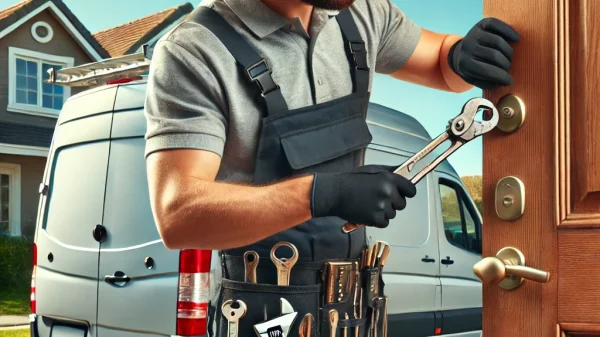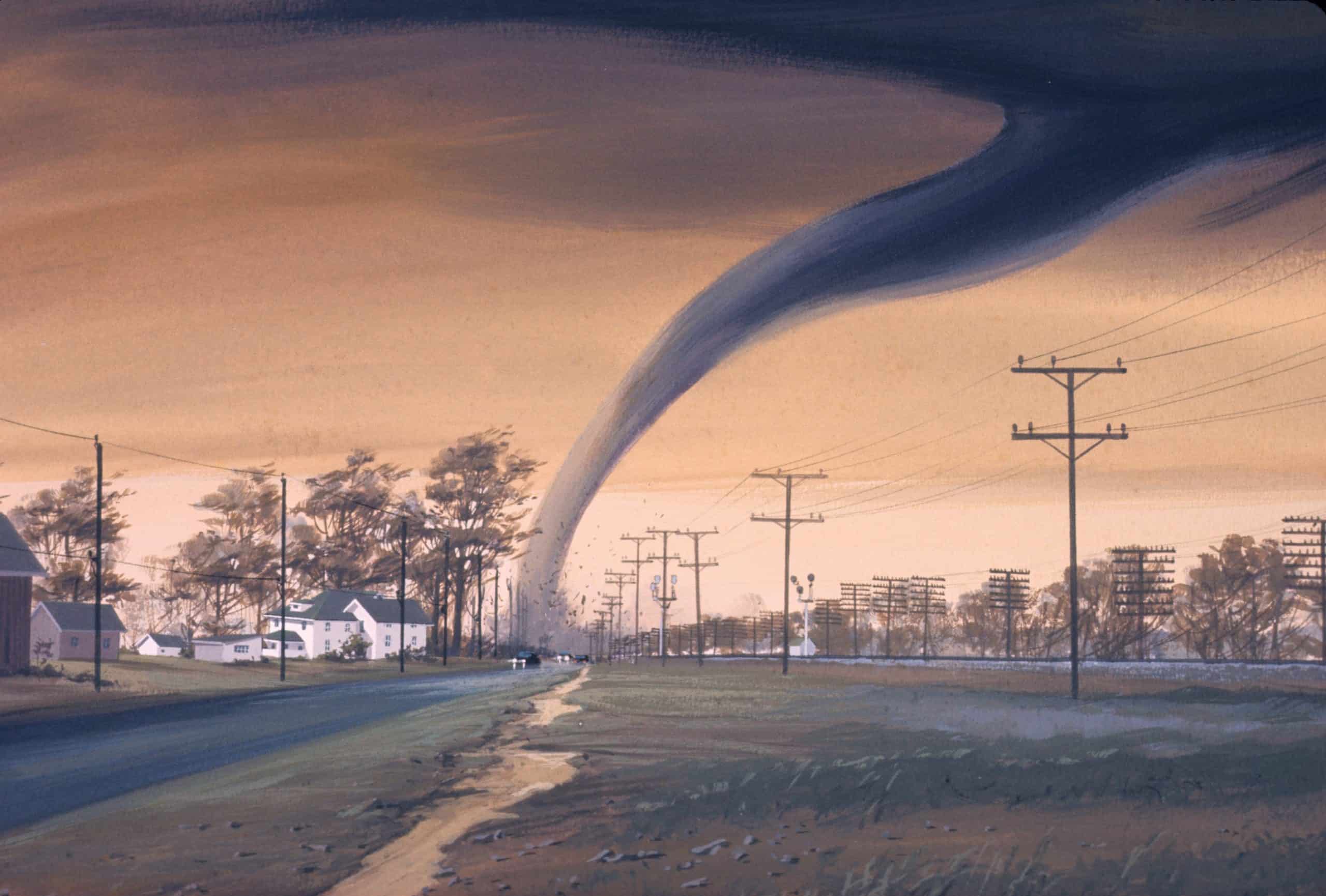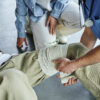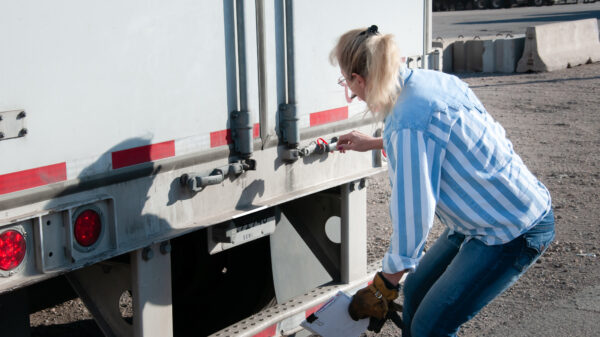Is Tulsa In Tornado Alley?
Tulsa is in what’s called tornado alley along with Oklahoma City and many other cities in Oklahoma. Tornadoes happen every year in Oklahoma and throughout tornado alley despite how early or late it may be in the season as proven by the EF2 tornado that hit Broken Arrow, OK on May 30, 2013. It’s important to note that tornadoes can happen anywhere at any time so you should always be prepared.
Tornado Watch vs Tornado Warning
In addition to tornado alley, tornado watches issued by the National Weather Service for much of Oklahoma commonly mean a tornado is possible somewhere in that watch area. According to 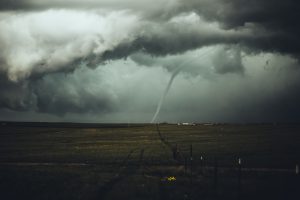 tornado statistics, a tornado warning means exactly what it implies – a tornado was sighted on the ground or just aloft! A tornado can happen anywhere at any time so you have to be prepared for it anytime especially if you live in an area where tornadoes are frequent and/or strong.
tornado statistics, a tornado warning means exactly what it implies – a tornado was sighted on the ground or just aloft! A tornado can happen anywhere at any time so you have to be prepared for it anytime especially if you live in an area where tornadoes are frequent and/or strong.
Keep Alert During All Seasons
It is important to remember that tornados can happen any time of year (not just during tornado season!) The most likely times for tornados to form are between March and May or between May and June, but they can happen at any time of year if the right atmospheric conditions are present.
They Can Happen At Night
Tornados can happen anywhere in the US at any time. However, according to tornado statistics, there seems to be an uptick of tornadoes in Oklahoma from May through August. In fact, it’s been said that Oklahoma City gets more tornadoes for its land area than any city in the country! In addition to Tornadoes occurring from late spring through early winter, they also happen frequently at night when tornado warnings are less likely because people aren’t outside watching or listening to weather reports.
Know Saftey Guidelines for Tornados
Tornados in Tulsa can also be pretty devastating when it comes to how much damage is caused Oklahoma has had a large number of tornado emergencies for this area in recent days, so it might be a good idea to go over these safety guidelines again just to be sure everyone knows what to do when tornado sirens go off. The best thing you can do when you hear there’s a tornado approaching your house is take shelter immediately. If you’re already inside, don’t leave.
What is the Difference Between EF0 and EF5?
The Fujita Scale is used to classify tornado strength and was created by T. Theodore Fujita in 1971. The F-Scale uses wind speed and tornado damage to categorize the strength of a tornado with an EF5 tornado being the strongest.
According to NOAA (National Oceanic and Atmospheric Administration):
EF0 Tornado – contains winds of 65 to 85 mph and causes some damage to trees but basically negligible damage to other structures.
EF1 Tornado – contains winds of 86–110 mph and causes moderate damage, usually to roofs, porches, exterior doors, mobile homes.
EF2 Tornado – contains winds of 111-135 mph causing considerable damage to roofs, walls, and chimneys.
EF3 Tornado – contains winds of 136-165 mph causing significant roof loss on well constructed houses with the occasional loss of exterior doors.
EF4 Tornado – contains winds 166-200 mph creating severe damage to roofs, walls, columns supporting roofs are knocked down on well constructed houses. Trains are often derailed by this tornado type’s strong wind blast.
EF5 Tornado – contains winds greater than 200 MPH. EF5 damage is almost unsurvivable with entire walls and foundations of frame homes being blown away. Cars are thrown through the air, pieces of debris become deadly projectiles causing severe damage to trees and structures which aren’t well anchored.
Hail is a Tornado Hazard
Another tornado hazard is hail. Hail can be as big as a baseball and will fall very quickly (that’s the tornado’s doing). Never think you are safely out of the tornado’s path once it has passed because if there was enough wind for hail to build up, then there is still enough wind for another tornado.
Tornados Can Cause Flooding
Tornados can also cause flash flooding due to their extreme wind speeds which force water into low-lying areas that aren’t used to having water in them before it rains. This means that even though your house could be intact after the tornado passes over, you may not want to leave the shelter until authorities come by with boats or other forms of rescue.
Take Shelter In the Interior Room of House
If you’ve decided not to take shelter during a tornado emergency because you think your house will protect you (which is one of the most dangerous tornado misconceptions), then at least try to get into an interior small room with no outside walls or windows on the lowest floor of your house. This will be your tornado shelter if you have no other alternatives. Of course, staying in bed is not recommended because it’s hard to know which way the tornado will hit (this is why tornado drills are vital if you live in tornado country). If you absolutely cannot find anyplace elsewhere to take shelter, get into the bathtub and cover yourself with a mattress until the tornado passes.
Damaged Trees and Debris
Tornadoes can also produce a lot of flying debris which is capable of doing a lot of damage in a tornado emergency, especially in an EF5 tornado where wind speeds are over 200 mph. This means that there’s a good chance you will get hurt if you don’t take action during tornado season to avoid being caught in one – even if your house does stay intact at first.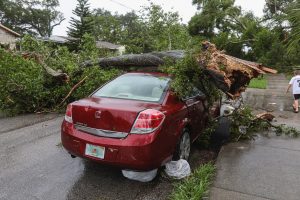
Beware of Gas Leaks and Wear Shoes!
Tornados can also do a lot of damage to trees, so if you have a tornado emergency and there are a lot of downed trees in your area it is going to be difficult for rescue vehicles or utility crews to get through. You might need to get out of the house due to broken gas pipes. Sharp glass, loose nails, and other types of debris can be dangerous to walk on with bare feet. Make sure you are protected with good shoes.
Sirens Going Off Need To Be Taken Seriously
If you hear tornado sirens go off it’s important that you take them seriously because these tornado emergencies could spell disaster for anyone who gets hit by one. However, tornadoes CAN happen at night, but they usually don’t form at night because there aren’t as many strong thunderstorms over Oklahoma at night.
Don’t Panic!
Tornado drills have been part of the school curriculum here for many years because tornado emergencies can happen anywhere and anytime – including during school hours or at recess when children aren’t aware that they need to be taking shelter from them! The most important thing to remember about tornado drills is not to panic when it happens, otherwise you could create a tornado panic situation that could cause even more chaos.
Know Where Your Shelter Is Located
During tornado season it is very important to know where your tornado shelter is located (if you don’t already because you live in tornado country) so that you can get there quickly when warning sirens are blaring. This means having a designated tornado shelter inside of every room, or at least getting some kind of small tornado shelter if space permits so that everyone knows where it is.
Inspect Your Shelter Regularly
Those who have designated tornado shelters set aside for their own personal use should also remember to check them periodically during tornado season just in case the roof, walls, windows, etc become compromised – this would be an especially dangerous tornado emergency which could result in injury or death if help does not arrive in time.
Keep First Aid Kit In Shelter
Some tornado emergencies may also require you to go out and help rescue others if they become injured or trapped inside of their tornado shelter – this is why it’s so important to have a tornado kit filled with everything you’ll need during tornado season (including some cash on hand, important documents, first aid kit, as well as your cell phone).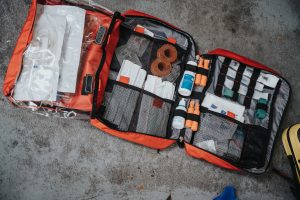
In fact, even those who don’t live in tornado allies should know some basic first aid including how to stop the bleeding from an open wound, put some kind of bandage on it, give CPR if necessary, etc. This will help you help save lives if someone does get injured during a tornado emergency because first responders may not be able to arrive immediately due to dangerous road conditions caused by the tornado itself.
Proper Safety Precautions are the Key to Survival
Tornados can be deadly and no one should take tornado emergencies lightly. If you begin to plan for them now then it will help to keep your family safe during tornado season: even if your house does not get seriously damaged by a tornado. This means having somewhere sturdy and enclosed to hide in the event of a tornado emergency, such as an interior room or basement. It’s also important that everyone knows where the designated shelter area is so they can quickly get there when warning sirens go off and avoid disaster. The most important part of tornado drills is not to panic which could create more problems than it may seem like there are at first glance. While tornados can be frightening, with proper safety precautions, you can survive injury and be able to help others.

